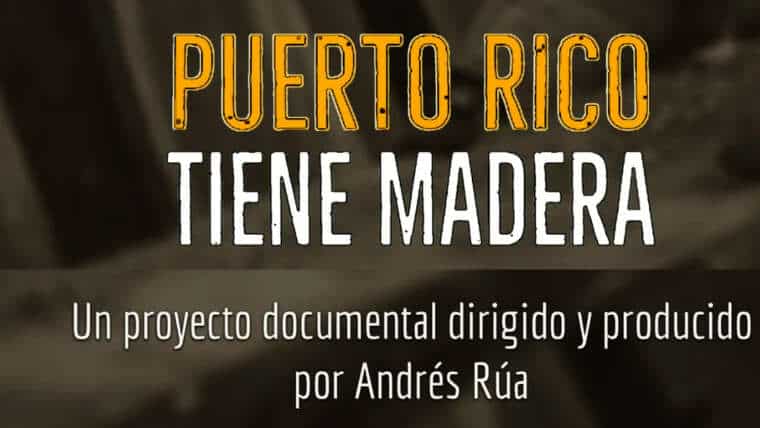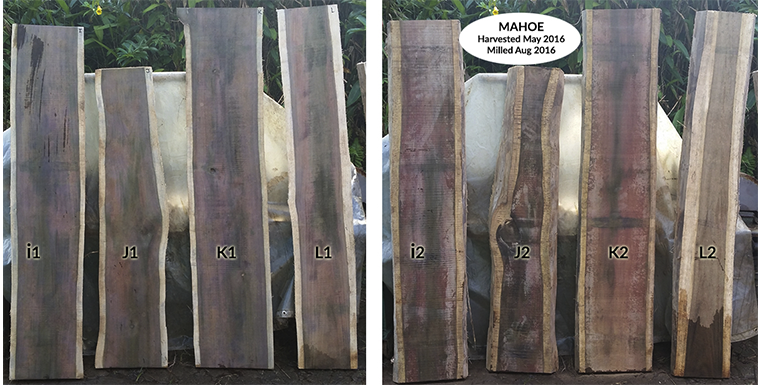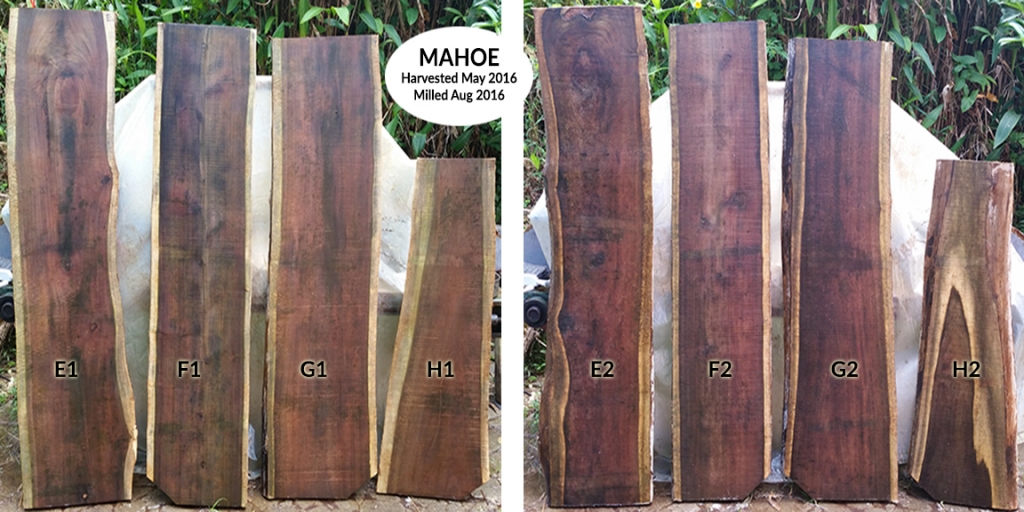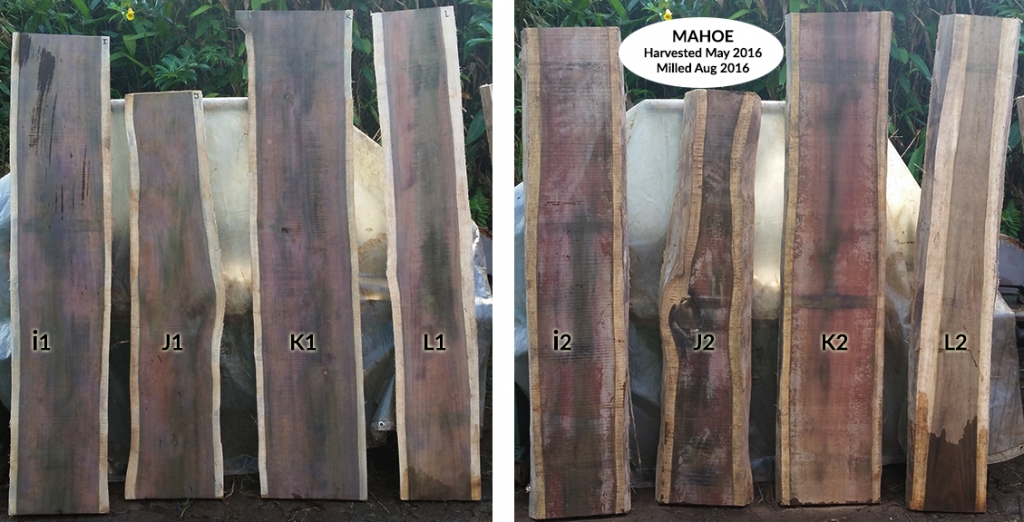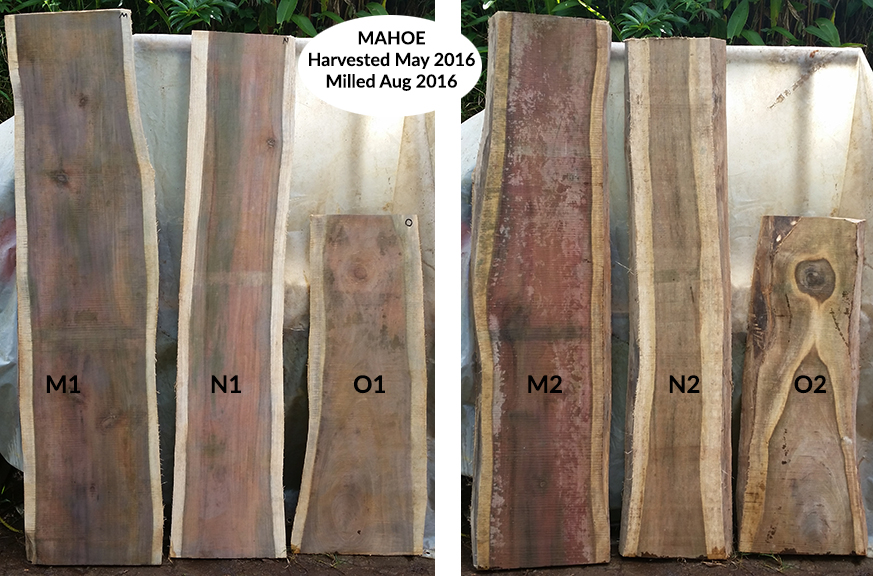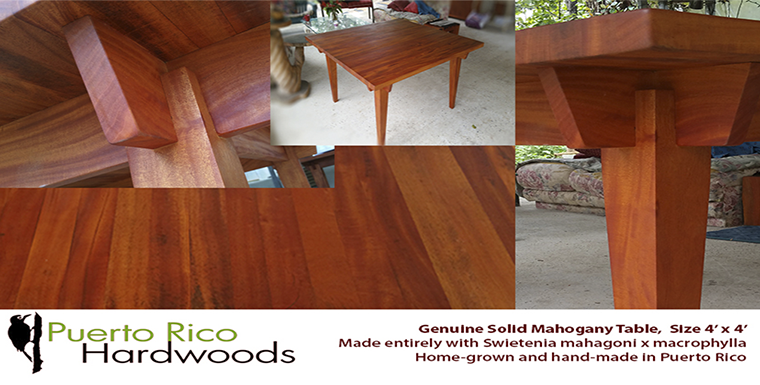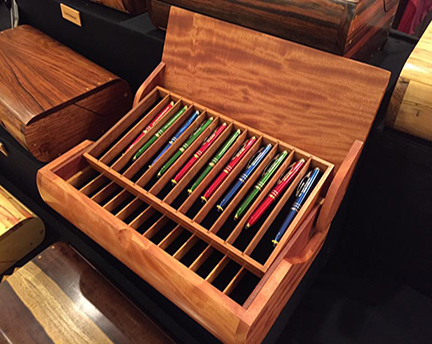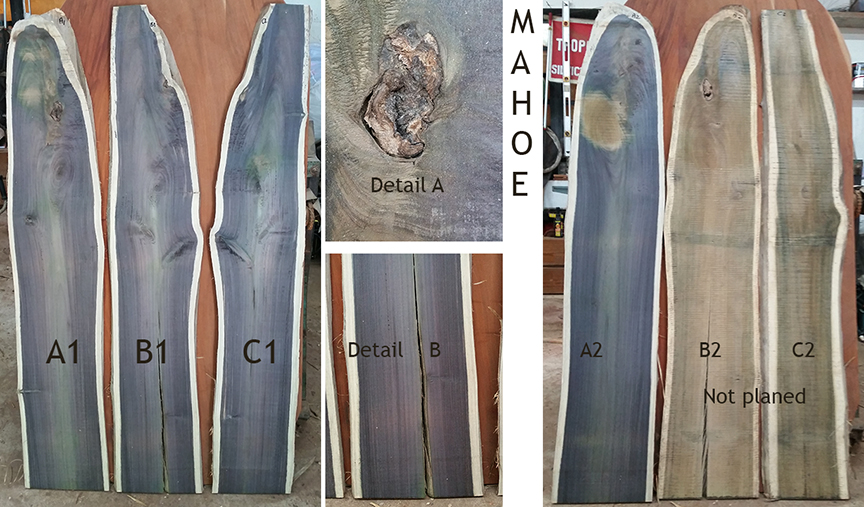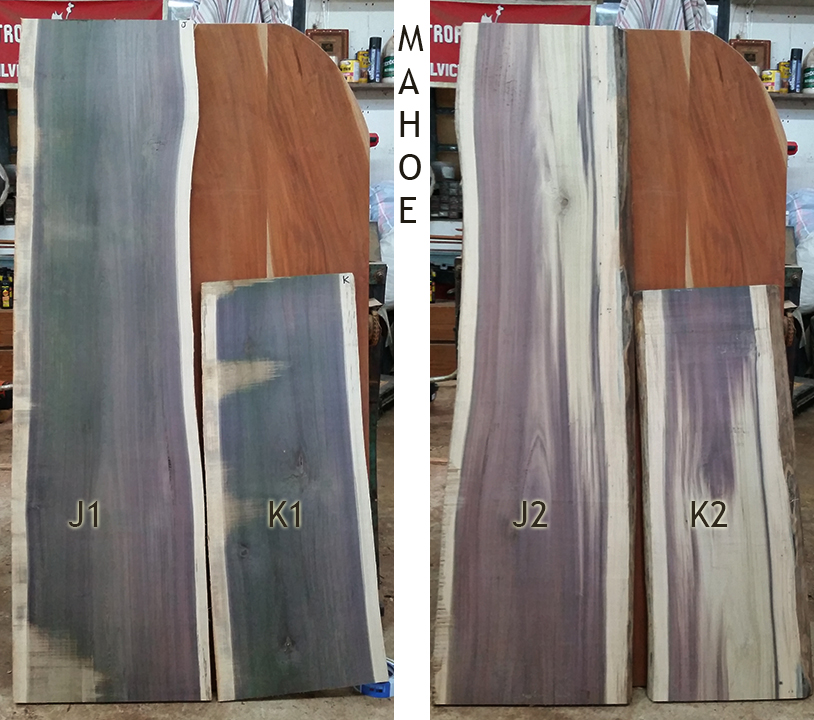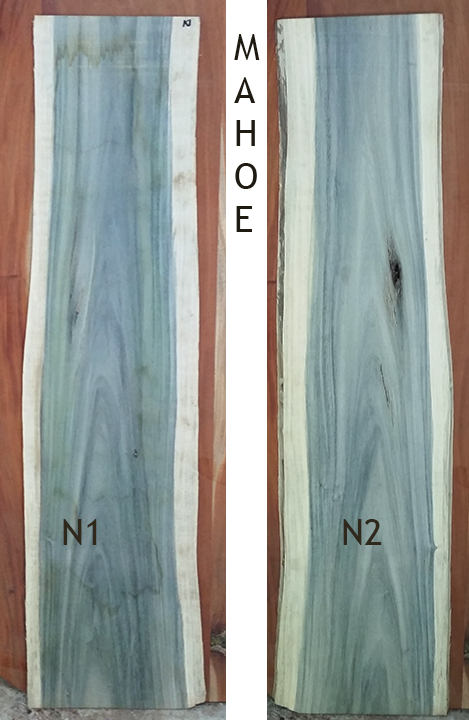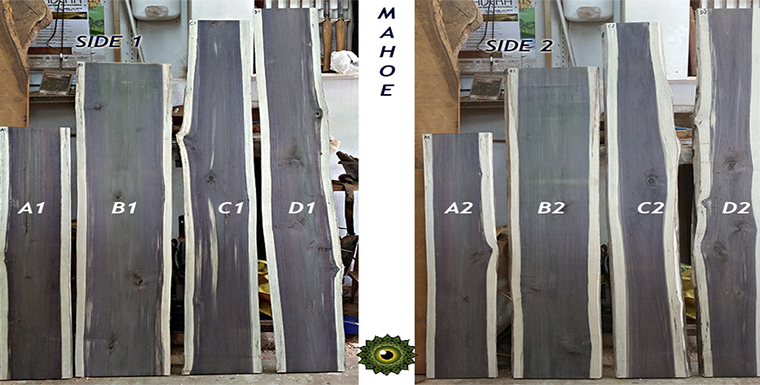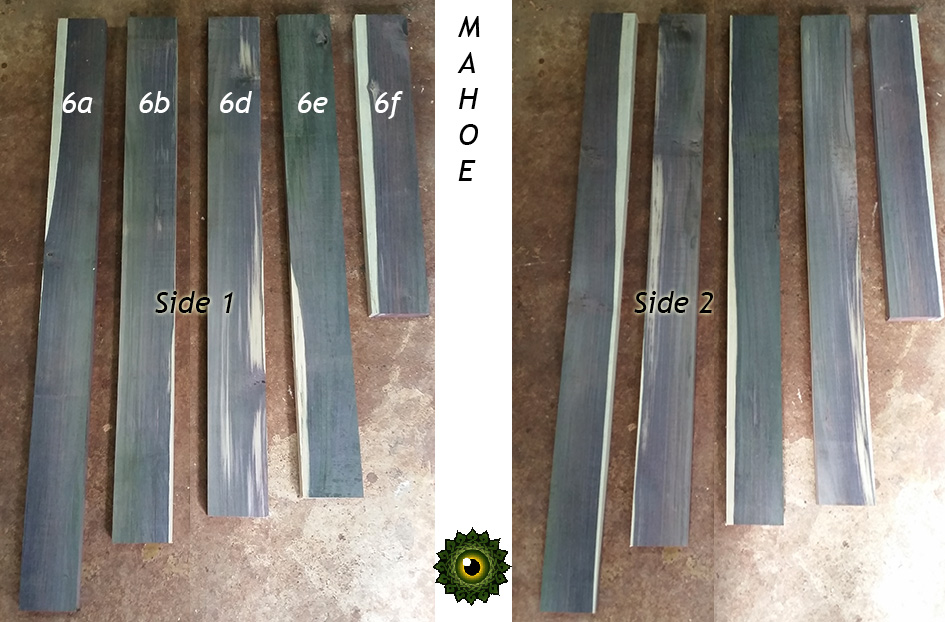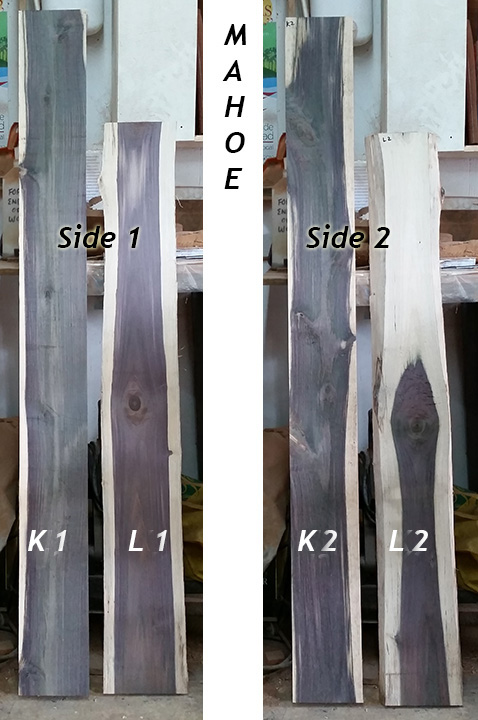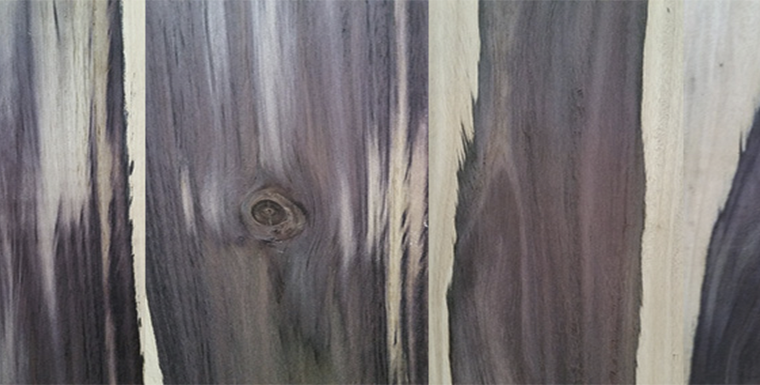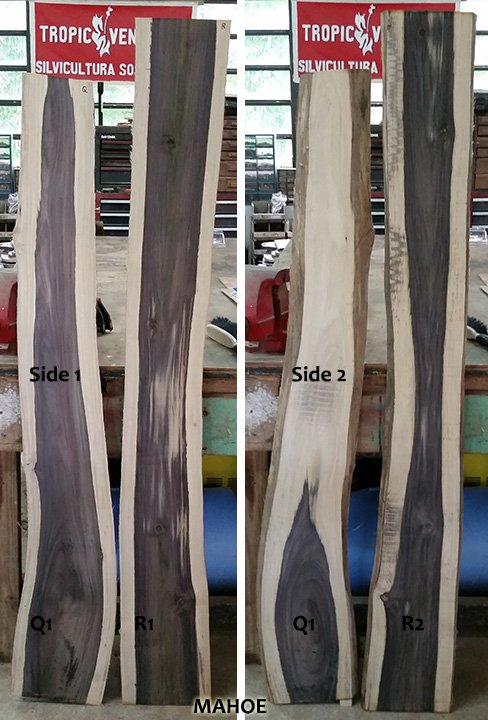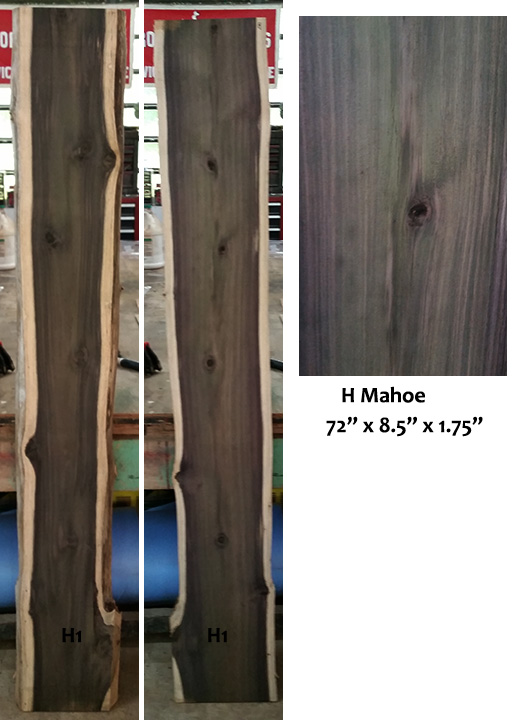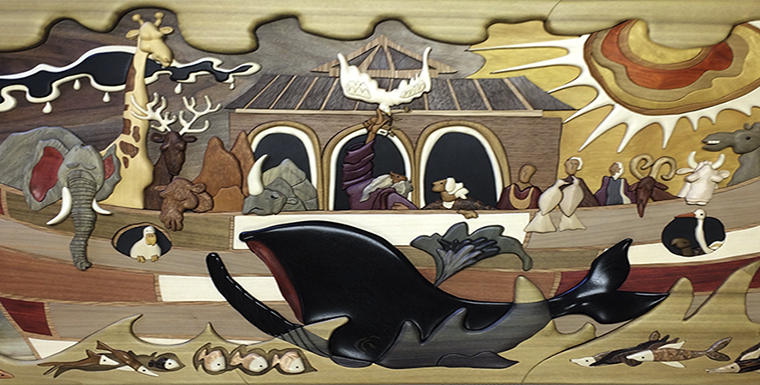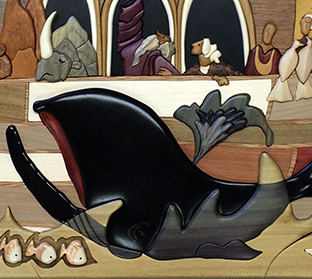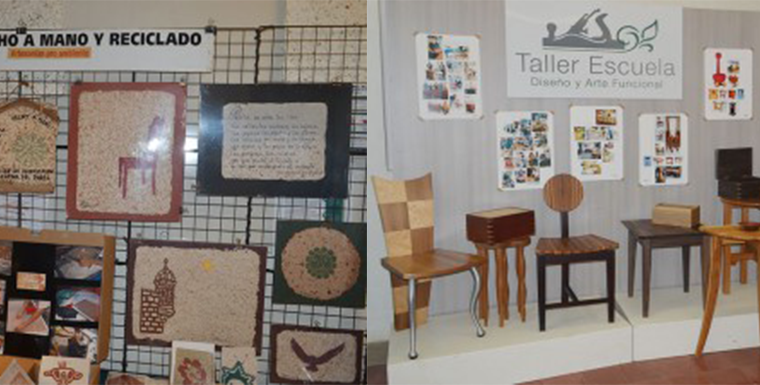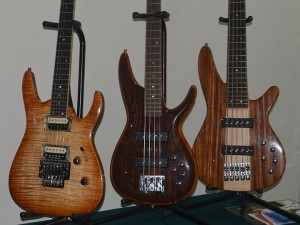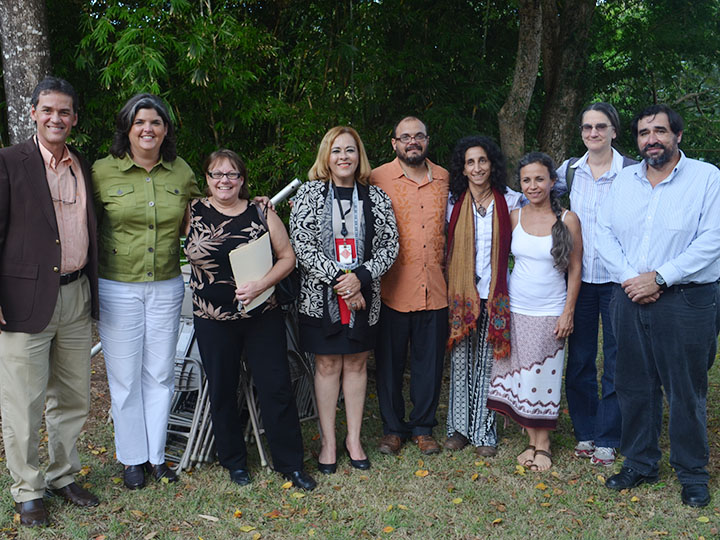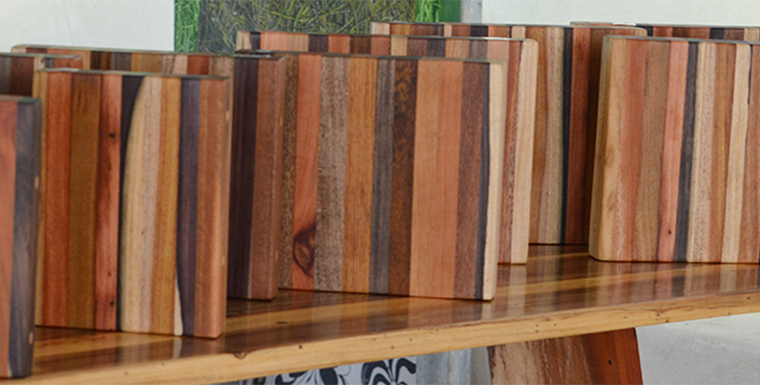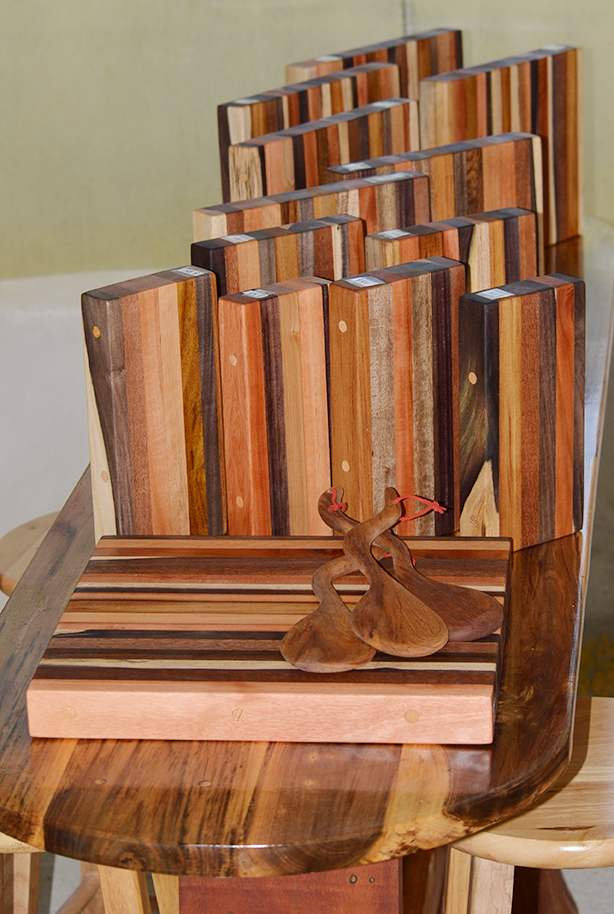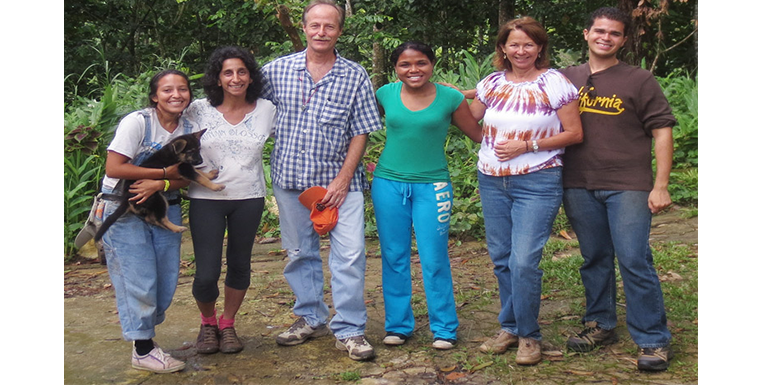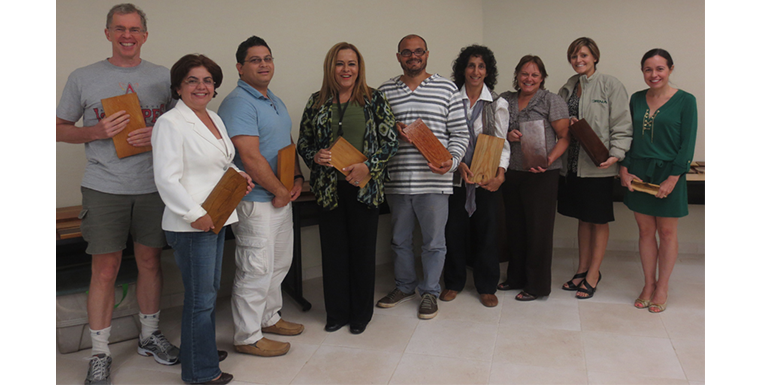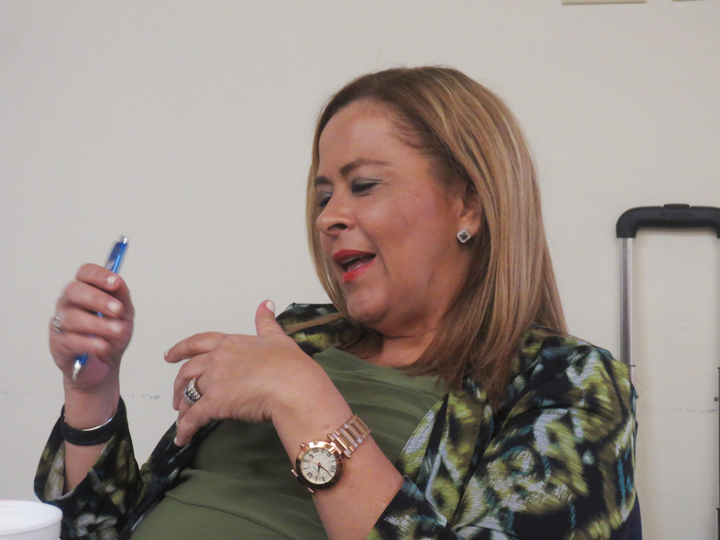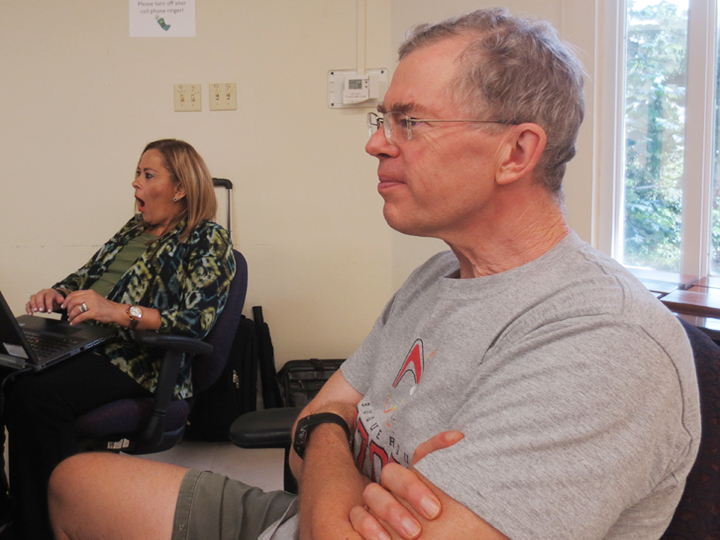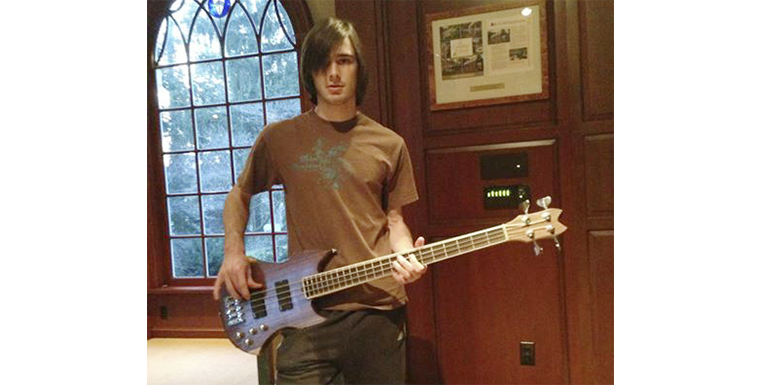Andres Rua has made an incredible documentary about wood in Puerto Rico. What a cast of characters!!
Dedicated to Frank H. Wadsworth
Movie with English subtitles: https://youtu.be/nYVenNN6VgU?si=SWDyebeq9cYE7_Iw
Este proyecto ha sido realizado gracias a:
Instituto de Cultura Puertorriqueño y el National Endowment for the Arts
‘Puerto Rico Tiene Madera’, Un proyecto de Andrés Rúa
Videos y fotos de archivo:
Andrés Rúa, Thrity Vakil, Thomas Marvel Fuller, Ariza Torres
Asesoría técnica:
Thomas Marvel Fuller, Raquel Torres Arzola, y Paula Arzola
Música:
Andrés Rúa González
Partiparon:
Juan Luis Villalobos – Artesano, Ciales
Javier Otero – Aserraderos Otero, Ciales
Javier Fernando Otero Sastre – De tal Palo, Ciales
Rafael Joglar Ph.D. – Catedrático UPR, Rio Piedras
Ariel Lugo Ph.D. – Instituto Internacional de Dasonomía Tropical
Jorge Nieves – Historiador
Dania Rivera Ocasio Ph.D. – Servicio de Extención Agrícola, Corozal
George Félix Ph.D.- Ingeniero Forestal
Carmen Eloisa González – Artesana
Mark Nelson Ph.D. – Institute of Ecotechnics – Nuevo México
Saul (Guatú) Pérez Soler – Aserradero ArteGuatú, Quebradillas
Edgardo González – Director, Centro para la Conservación del Paisaje
William Gould Ph.D. – Centro para el Cambio Climático del Caribe, USDA
Magaly Figueroa – Instituto Internacional de Dasonomía Tropical
Yariliz Quiles Martínez – Instituto Internacional de Dasonomía Tropical
Humfredo Marcano Vega Ph.D. – USDA, Análisis de Inventario Forestal
Scott Landis – Fundador y P residente Greenwood Global
Sheila Emily Ward – Sociedad Internacional de Forestales Tropicales
Evelyn Vázquez – Artesana
Jan Rivera Lugo – Arquitecto, SiempreNunca, Carolina
Daniel Franco Rodríguez – Luthier, Caguas
René Delgado – Taller Escuela, Carolina
Roberto Bello – Biólogo, Centro para la Conservación del Paisaje
José Juan González – Aserradero Rio Encantado, Florida
Thrity Vakil – Tropic Ventures Research and Education Foundation, Patillas
William González – Arbolista Certificado ISA, Econet, Caguas
Sally González -Catedrática UPR, Mayagüez
Hector Rodríguez – Programa Fomento Artesanal, PRIDCO
Oscar Abelleira Ph.D. – Catedrático Asociado UPR, Mayagüez
Enrique (Quique) Casanova – DRNA, Utuado
Gerardo Hernández – DRNA, Orocovis
Yivaldo Juan Morales – Estudiante graduado, UPR Mayagüez
Anthony Pérez Méndez – Auxiliar de Investigaciones, UPR Mayagüez
Oscar Marecelo Suárez Ph.d. – Profesor UPR Mayagüez
Elvin Roman Aponte – Estudiante graduado, UPR Mayagüez
Jonathan Luquis Ramos – Estudiante subgraduado, UPR Mayagüez
Norman Greenhawk
Eva Holupchiski
Carlos Narváez
Karim González
Jairo González
Agradecimientos a:
Programa Apoyo a las Artes y al personal del Instituto de Cultura Puertorriqueño y del National Endowment for the Arts
Raquel, Paula, Jairo y Karim
Juanita, Andrés, Ramón, Vanessa, Axel, a toda mi familia y al pueblo de Patillas PR.
Thrity, Tom, Ariza, Eduardo y José, de Puerto Rico Hardwoods
A todo el personal del Instituto Internacional de Dasonomía Tropical del USFS
Al personal del Departamento de Recursos Naturales y Ambientales
Institute of Ecotechnics
Logía Derecho , Libertad y Dignidad de los Valles de Patillas #73
Centro de Innovación Educativa del Museo de Arte de PR
Gorilla Lawn Care & Property Maintenance
Isabelita Colorado y a toda la familia del Dr. Wadsworth
Dedico este trabajo a la memoria del Dr. Frank Wadsworth.
(3t’s tribute to Frank: https://designrr.page/?id=252059&token=1021058104&type=FP&h=6612&fbclid=IwAR0VPJnnRZNRnnpGYNoLDSmo5hpySNmYszWAn955Fd_t92v4syJLZncsoaQ)

